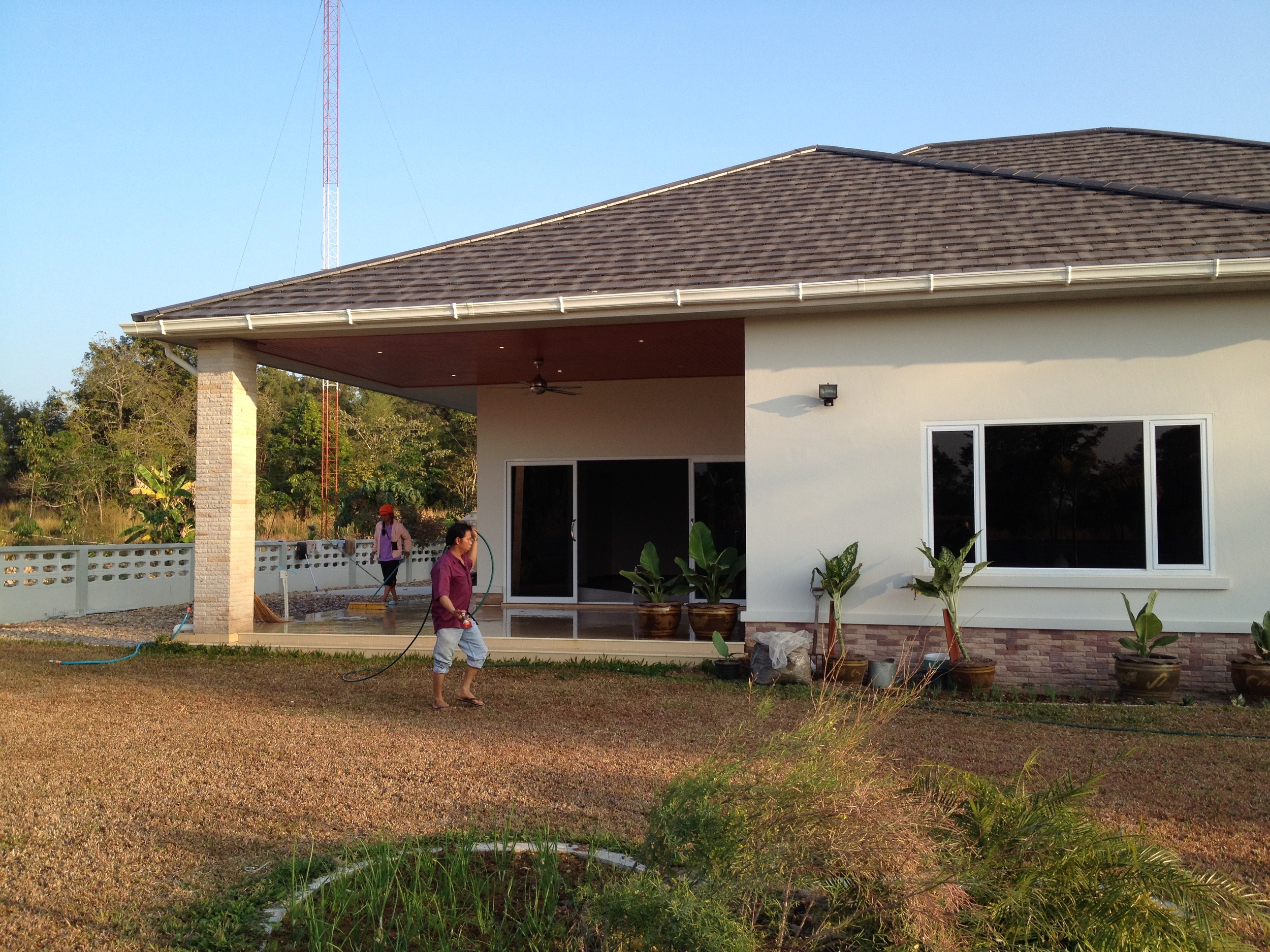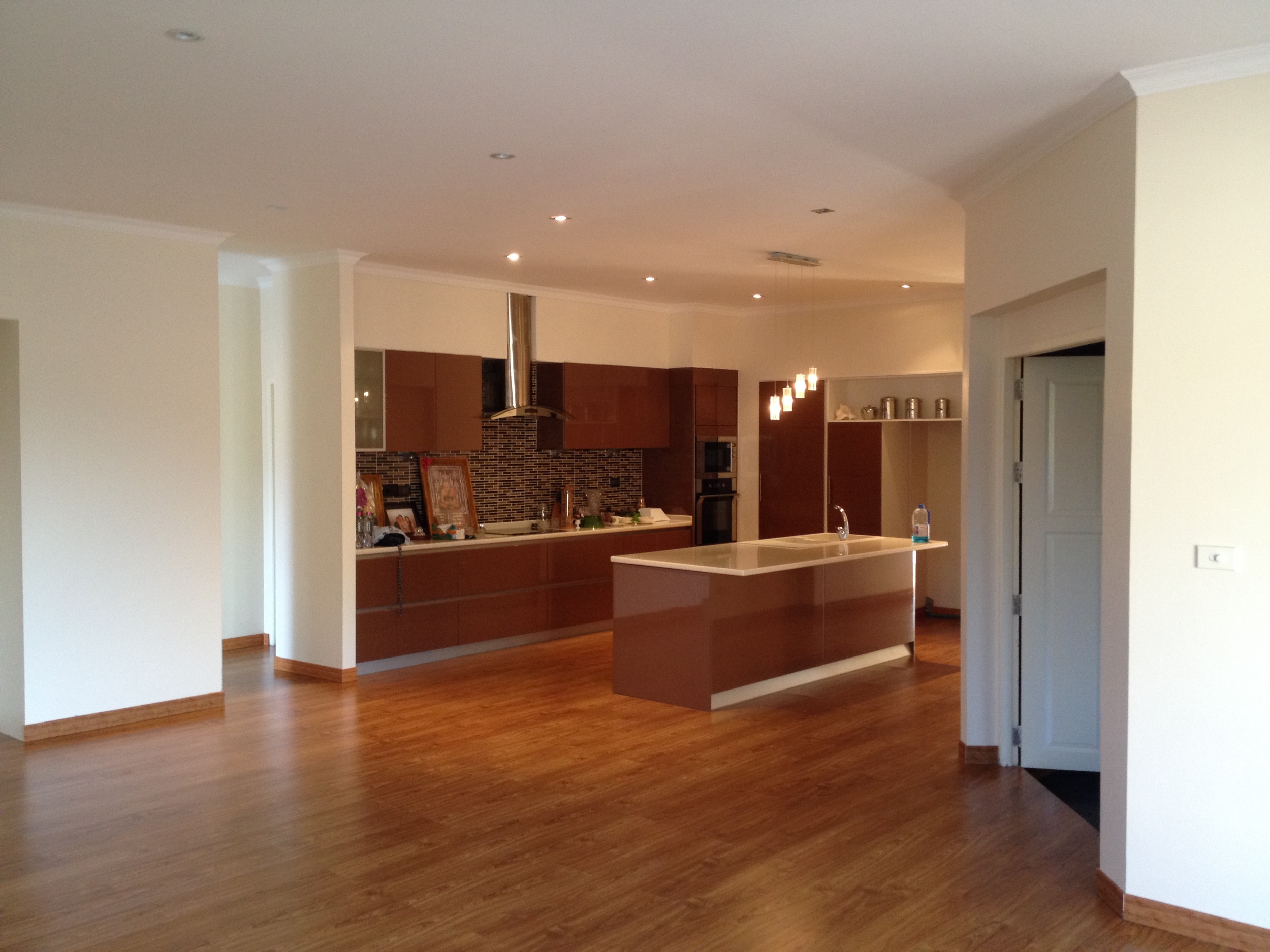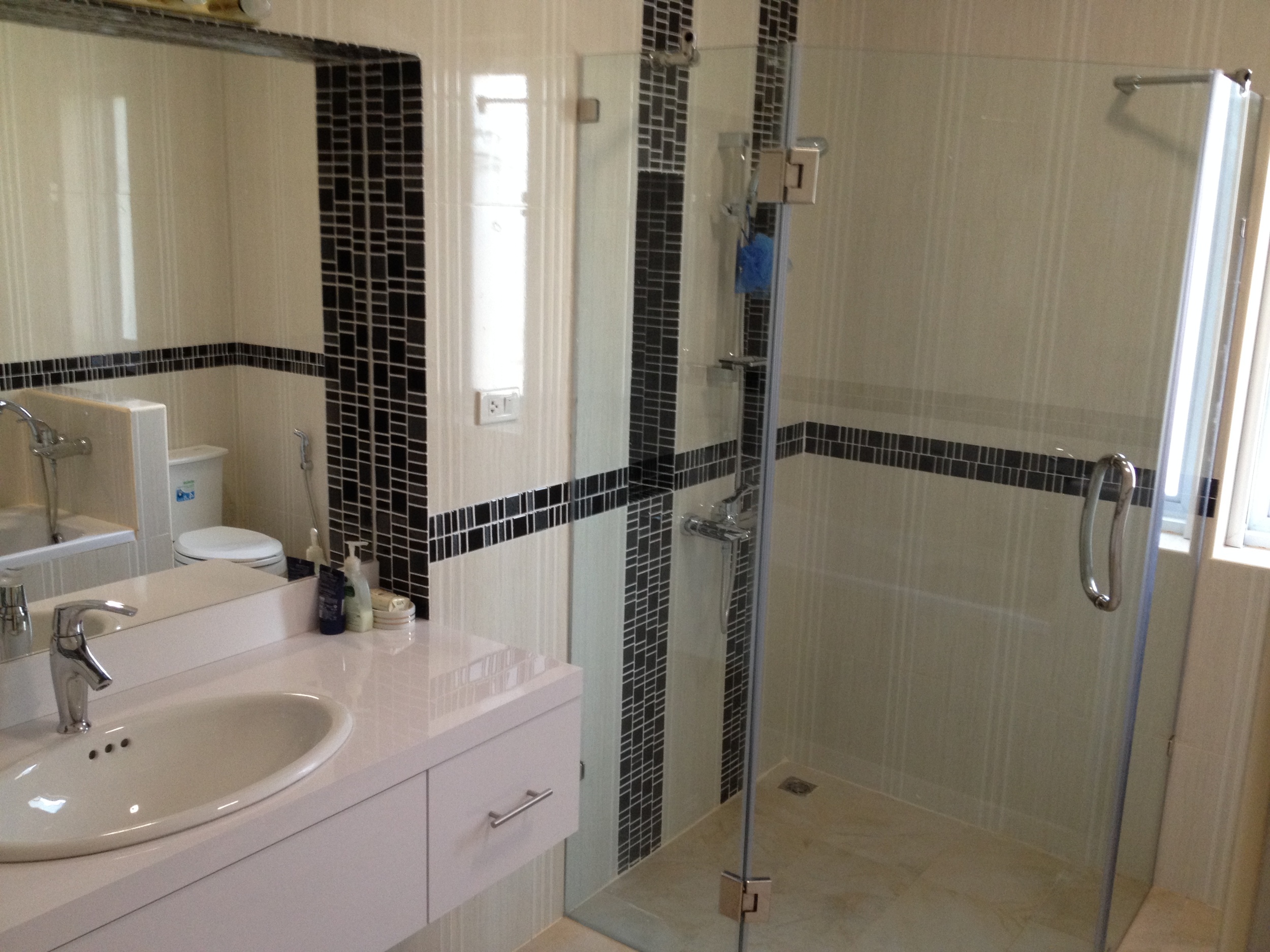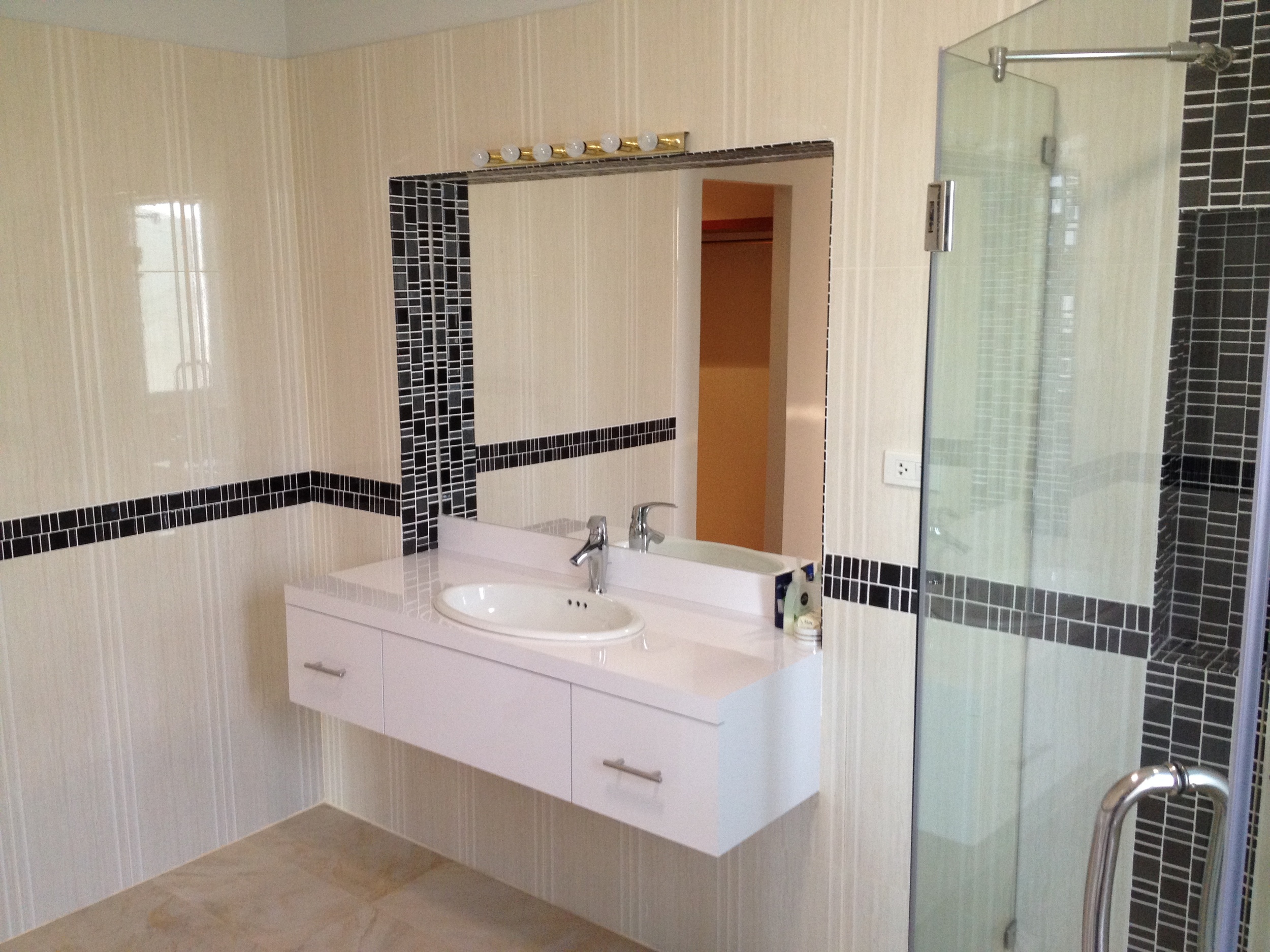Project Work Flow
There is a certain flow to projects that gives rise to a variation in the perceived pace of work. At times there seems to be a lot of progress, but then there are also times when progress appears slow, even on a project running perfectly smoothly. If you are unaware of this and things suddenly seem to slow down, it can be disheartening. It is therefore worth giving an overview of the general flow of an average project.
Presumably, you have started with an empty plot of land. You are full of excitement and anticipation. Work begins. Suddenly, there are excavators digging holes, there are workers preparing re-bar for the concrete structures. Within a couple of days, the site has been totally transformed from an empty plot into a site buzzing with activity! First the footings go in, then the columns that come up from the footings to the ground floor beams, then the footing holes are filled in, then the steel work for the beams, then the concrete beams are poured, then the floor slabs go on..... Take a breath! That was quick. It seemed like every day was something new. You can now walk around in the ground floor space and imagine the rooms. If there are more floors to add on, work will still progress quickly, but adding second floor structures is slower than ground floor structures. You obviously have to add in all of the necessary support to cast structures suspended in mid air, so there is already a change of pace.
Next may be the roof frame. It will take some time to prepare all of the metal required for the frame and so progress may appear slow. The excitement of seeing the structure shoot up out of the ground may have settled a bit by now and so the relatively small change in roof structure might seem like a bit of an anticlimax. However, once the roof frame and purlins are ready, the roof tiling will take no time at all and it will seem like a sudden spurt in progress.
Depending on the project, brickwork may start before, during or after the roofing, but whenever, progress will also appear quick during this stage. It is very quick to put up block walls, but then things will appear to slow down as preparations are made for rendering. All edges of surfaces to be rendered have to be carefully prepared to give a straight corner up to which rendering can be applied. It is also in this stage that we have to chase all of the electrical conduits and plumbing pipework into the walls. This is all a very labour intensive process, but it is barely visible, compared to the rest of the structure, so expect some time with not much noticeable impact.
You have now got used to the sight of the new large structure on your land. Even though the rendering process that comes next is relatively quick and turns bare brick into smooth walls, it still might not feel like such a big or exciting step. It hardly matches the excitement of the initial structure appearing.
We now move on to the the tiling and painting. This is exciting. Now we are breathing life and character into the bare shell. You are now seeing the tiles and paints you have chosen spreading throughout the house. It is starting to feel like your own home. Even so, some parts are quick and some slow. Large expanses of floor tiles go down quickly, but intricate mosaic work in bathrooms may be slower.
It feels so close to being finished now, with tiles and freshly painted walls. Surely it will be complete any day now? As we add in all of the fixtures and fittings, things will be really coming together and you will no doubt be eager to move in, now that all of your personal finishing touches are being applied. Well, there may well still be a lot of small jobs to complete, each one small in itself, but time consuming to complete in total.
It is also worth noting that some exterior work such as boundary walls, may also be left until towards the end so that it does not interfere with interior work and hinder access to the house during major construction. So, whilst your home may appear close to completion, there could still be a lot to do outside, which may become more of a focus of attention, thus slowing down progress on the house itself.
We hope that by understanding the flow of the project and the natural changes of pace that occur, it will help eliminate any frustration that may have otherwise been felt during the slower periods of the build.









